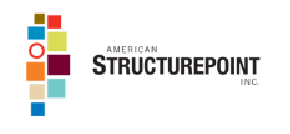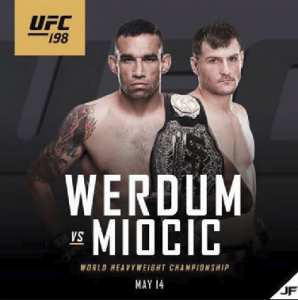Indianapolis, Indiana – The U.S. Court of Appeals for the Federal Circuit has upheld the district court’s decision and ruled in favor of Eli Lilly regarding validity and infringement of the vitamin regimen patent U.S. Patent No. 7,772,209 for Alimta® (pemetrexed for injection).
In the case of Eli Lilly and Company v. Teva Parenteral Medicines, Inc., et al., the court affirmed the earlier district court’s rulings that the vitamin regimen patent is valid and would be infringed by the generic challengers’ proposed products. If the patent is ultimately upheld through all remaining challenges, Alimta would maintain U.S. exclusivity until May 2022, preventing marketing of generic products for as long as the patent remains in force. The Alimta compound patent rem ains in force through January 24, 2017.
ains in force through January 24, 2017.
In March 2014, the U.S. Court for the Southern District of Indiana upheld the validity of the vitamin regimen patent. In August 2015, the same court ruled in Lilly’s favor regarding infringement of the vitamin regimen patent.












